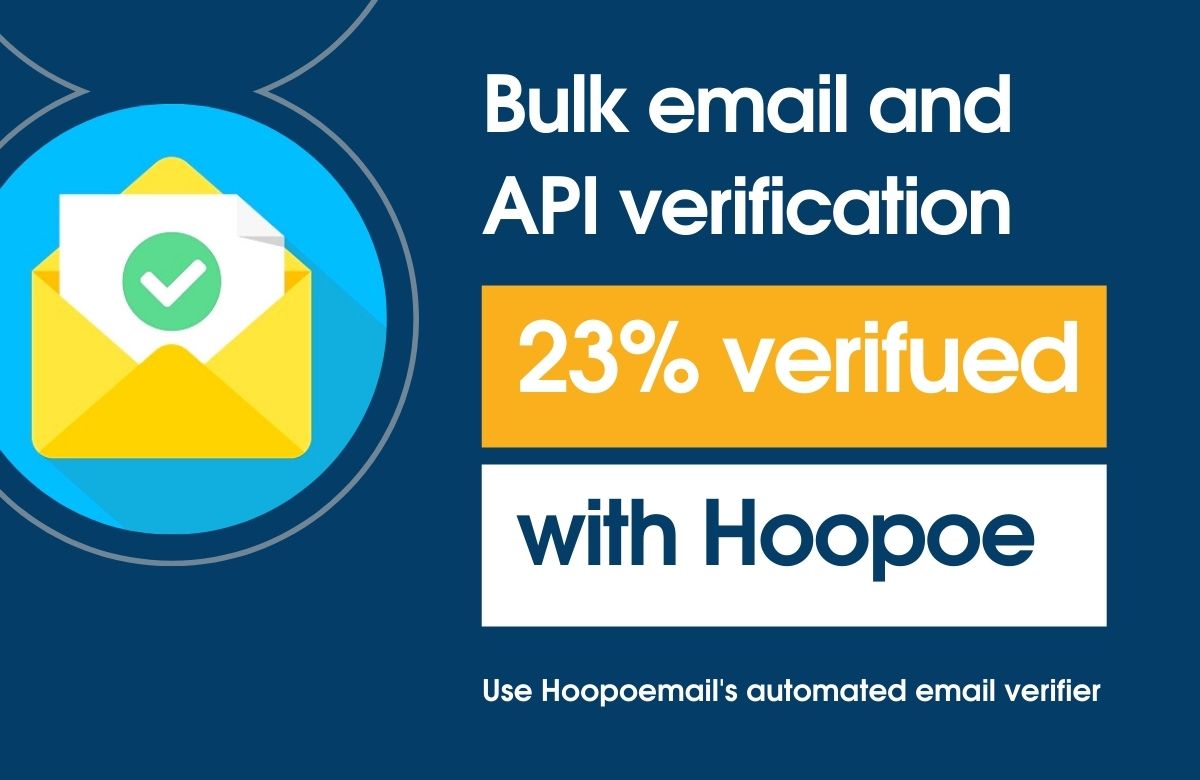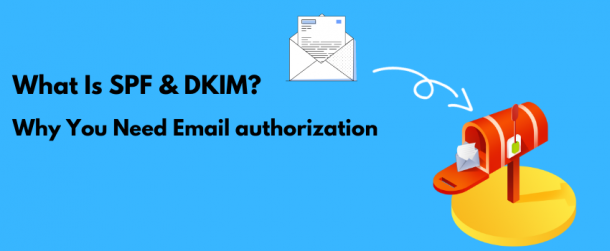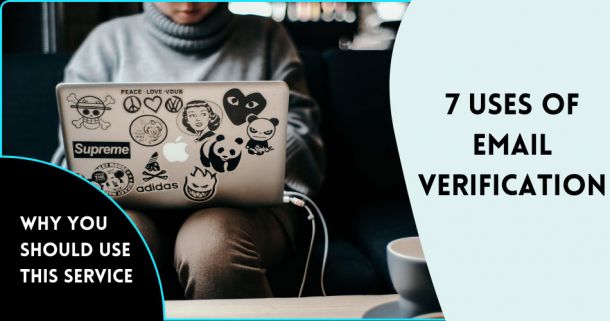Top 3 Tips To Reduce email Bounce Rate
Bounces are one of the most common problems in email marketing. There are various reasons why people would not reply to your email. One of the most common reasons is that they are not interested in the product or service you are offering. Regardless of the reason, if you have a high bounce rate, it is important to take steps to prevent this from happening.
As a result of bounces, you may lose potential customers and revenue. This is one of the most important metrics in email marketing because it tells you if your campaign was successful or not.
According to a study by MarketingSherpa, the average bounce rate for emails sent is 25%. A low bounce rate is essential to maintaining your reputation as an email marketer.
In order to protect your email marketing from bounces, there are some steps that you can take.
in this article we teach you:
- How to stop bad emails from cluttering up your inbox
-
Getting Started with Monitoring Emails
-
What is a Spammer and How to Avoid Becoming One
How to stop bad emails
It's not uncommon for people to have a bad email address. It might be an old one, or might have been obtained through some shady website. No matter the case, if you've got a bad email, then it's time to get rid of it.
Email deliverability is one of the most important factors for any email marketer. It can make or break your campaign.
The key to improve your email deliverability is to remove the bad emails from your list. When you're removing bad email recipients, it's important that you don't just delete them on your end, but that you reach out to the person on the other end and let them know that they are no longer receiving messages from you.

Receiving an automated response back allows both parties to be updated and avoid any confusion in the future.
You are not getting any benefit from it. A bad email can lead to spam filters blocking your good content and hard bounces that will destroy your reputation and cause further soft bounces in the future. It just doesn't make sense to keep around an address that is hurting you.
Soft bounces are emails that have been delivered but not read or opened by the recipient. Soft bounces often occur because a recipient’s inbox was full when the email was sent. In contrast, hard bounces are emails that have been unsuccessful in delivery for an unknown reason.
When you get a hard bounce from an email address, it means that there is some issue with your email's domain or content which prevents it from being delivered. You usually get a rejection notice within 24 hours of sending your message which will state what the issue is with your email and why it has been rejected.
Out of all the emails that are sent, 90%+ of them are spammy and/or invalid. That is a significant percentage that can be reduced by paying attention to email etiquette and by not sending out bad emails.
We should remember that spammy emails don't just make it harder for us to reach our subscribers; they also make it harder for other people to reach their subscribers.
so here are the methodes you shoulod learn:
-
Bulk email verification is an essential tool for marketers to make sure that their list is clean and accurate. It also helps in avoiding any future legal action. There are multiple ways of verifying your contacts like uploading a CSV file which you can prepare beforehand, with the help of your database, or with the help of online services.
-
Our email verification API helps you to verify email addresses by sending emails with a verification link to the address. You can integrate this API with any website or application, so that your users can easily verify their email address.
You can customize this service by specifying what type of error messages you want it to generate, how often you want it to check for bad emails, and how often you want it to send out emails with errors.
Lastly, this API is inexpensive and easy-to-use - making it a great option for small businesses looking for a quick and easy way to make sure they don't lose potential customers or subscribers due to typos.
-
With the use of Hoopoemail automated email verification, you can verify your email address anytime. It is an extra security measure that helps to keep your data updated and reduces errors.
Email Verification Services for Your Business
Bulk email is the act of sending out more than one email at a time. It is often used by marketers to promote their products and services. Email verification ensures that the actual recipient of the email is not an address that has been hacked or some other spamtrap.
In order to protect information, many companies are now requesting that customers verify their email address. There are several ways to do this, the most common of which is a link or code that they enter into a form. This ensures that no one can use the email address of another person to send spam or other malicious content.

It is not only important for marketers to make sure that their emails are reaching people, but it is also important for recipients to know whether or not they are receiving spam emails.
In the business world, when a company is looking to reduce costs and increase efficiency in customer service, they turn to automated email verification.
Hoopo Email verification services is a free way to make sure that your emails reach their intended recipients. it also offer a simple way for marketers and agencies to keep tabs on who is opening their campaigns and at what rates.
What is a Spammer and How to Avoid Becoming One
An email spammer is someone who sends out unsolicited emails to individuals and organizations with the intention of promoting their product or service. Email marketing through spamming is potentially one of the most irritating, time consuming and expensive marketing strategies that exist.
Email service providers like Gmail, Yahoo Mail, Outlook.com, Aol Mail and others use filters to detect spam messages. If this happens to be your first email marketing campaign, it is crucial that you make sure your content is not detected as spam by these filters.
The best way to avoid becoming an email spammer is not to send out unsolicited emails at all!
As an alternative option you can use permission marketing where you ask individuals for their permission before you send them anything via email.
One of the most essential factors they monitor is whether or not you have permission to send a message to the recipient in question. If a person has given their name and email address to sign up for your list, then it is usually safe to send them an email at any time with any content that you desire - but if they haven't given you permission then your message will be blocked.
Hoopo spam email checker is an excellent tool for check if your emails get spam and how to avoid it.
It is important to keep the inbox of your subscribers free of spam. There are different ways that you can go about accomplishing this goal. One way is by using an email service provider that provides filtering tools. Another way is by using a DNS service that offers protection against spam.
Content writers should always be thinking about how to avoid getting their emails marked as spam so they don't lose their readership and potential customers.
The sender policy framework is a set of simple rules that mail transfer agents follow in order to prevent spam. From a sender's perspective, SPF tells a receiving mail server which hosts are authorized to send email on behalf of the domain owner.
SPF records can be either "all" or "a" record types. An all record type means that the domain is served by hosts from all three addresses, while an a record type means that the domain is served by only one host.
Email authorization is an email authentication method that implements one of the following protocols:
Sender Policy Framework (SPF)
DomainKeys Identified Mail (DKIM)
Both SPF and DKIM are email authentication methods that enable mail receivers to check whether or not a received email is authorized by the sender’s domain. If the sender’s domain has enabled either SPF or DKIM, then mail receivers can compare the sending server’s IP address against a list of authorized servers and DMARC records. If they match, then this means that it is safe to send messages on behalf of this domain.
Monitoring your Email Reputation
Monitoring inboxes is essential for email marketers. Mailbox providers are using an increasing number of tools to monitor inboxes for spam, abuse, and other unwanted content.
For example, Gmail is using "blacklists" that monitor emails when they are sent or received.
You have to check your emails are being sent, read, delivered, and the content is not spam. HoopoEmail does not have these worries with their monitoring tools that monitor the inbox placement of the email, bounce rates, and spam reports.
If you are wondering whether your email has been blacklisted, visit our website to check if your IP or domain has been blacklisted. You can set up an IP blacklist monitor on this website to receive notifications if any of your domains or IPs are blacklisted.
If you are using a spamming service for sending emails, there is a risk that you might end up blacklisted by some of the spam filters that are monitoring the web for suspicious activity. You will then have to wait for some time before getting removed from the blacklist and start sending emails again.
To avoid being blacklisted and becoming a spammer, take these steps immediately.
Do you know how to prevent your emails from being blocked? We'll show you what you need to do to ensure that your email campaign is not blacklisted.
Resolve any issues that may have led to blacklisting and hop back on the mailing list today! Not only will you keep your emails up and running, but you'll also be able to reach more prospects.
Follow these steps now!
If you don't want to have a high bounce rate, then you need to take these 3 steps.
We have a quick list of 3 things for you to do in order to keep your email bounce rate low. you can read even more about blacklists and what you can do in order to avoid a high bounce rate on Hoopoemail.
Ready to get started?
Let AI help you. Stop landing in spam





